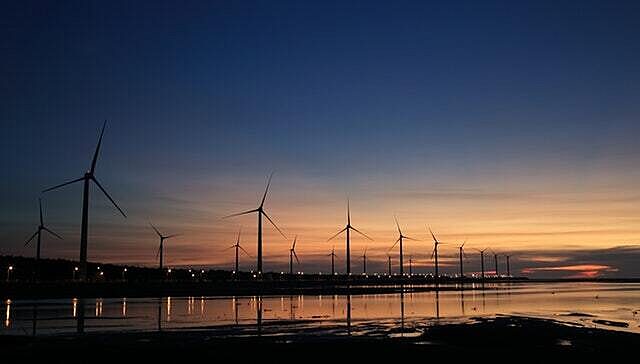
Energy-to-Feed (E2F)
E2F will develop a sustainable source of protein & lipid from omega-3 rich microalgae cultivated using clean power sources (Geothermal/Hydro) & natural CO₂.
E2F will develop a sustainable source of protein & lipid from omega-3 rich microalgae cultivated using clean power sources (Geothermal/Hydro) & natural CO₂. This first commercial facility will be integrated with an Icelandic geothermal power plant, followed by a global rollout. This will create a novel aquafeed source & reduce the eco footprint of energy production. European aquaculture is limited by the expense & availability of feed. Traditional ingredients from wild capture fish & soya are expensive, ecologically damaging & must often be imported from outside the European economic area. E2F will develop the world’s first truly sustainable microalgae production within a controlled environment for consistent, year-round product quality. It will provide the European aquaculture sector with the next generation alternative to sustainably support future growth. Compared with current microalgae cultivation systems, E2F needs less than 1% of the land & fresh water, & it is carbon negative.
Project lead
Related Projects











